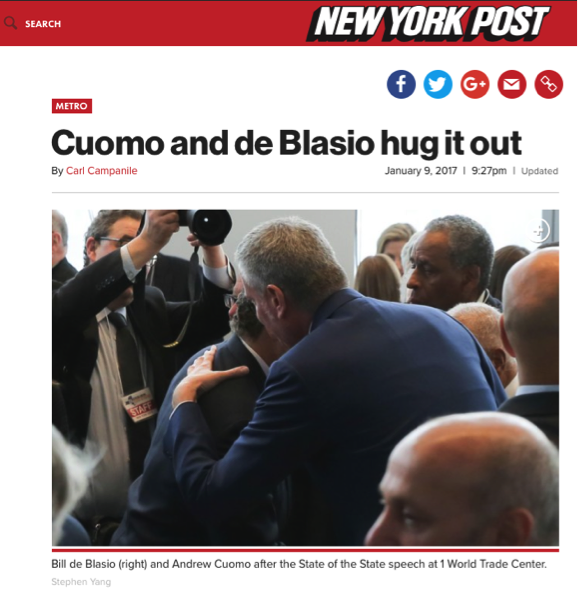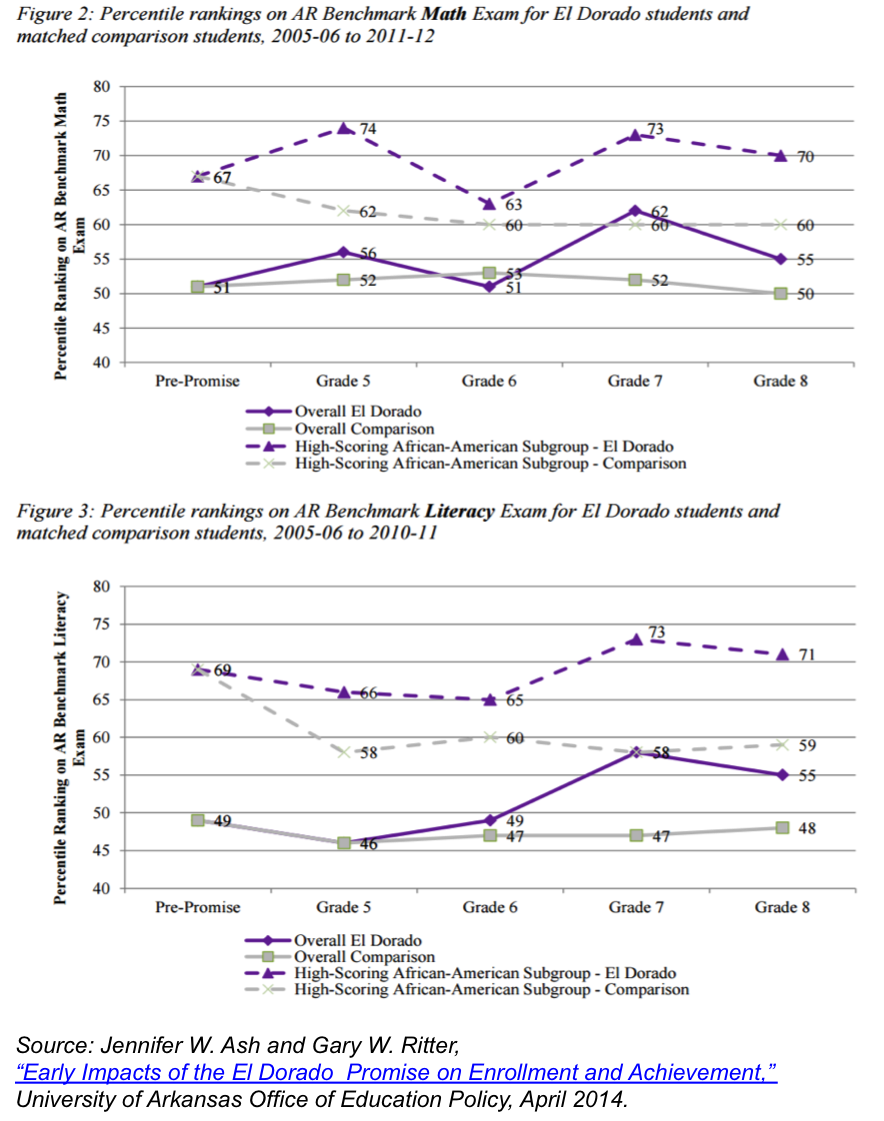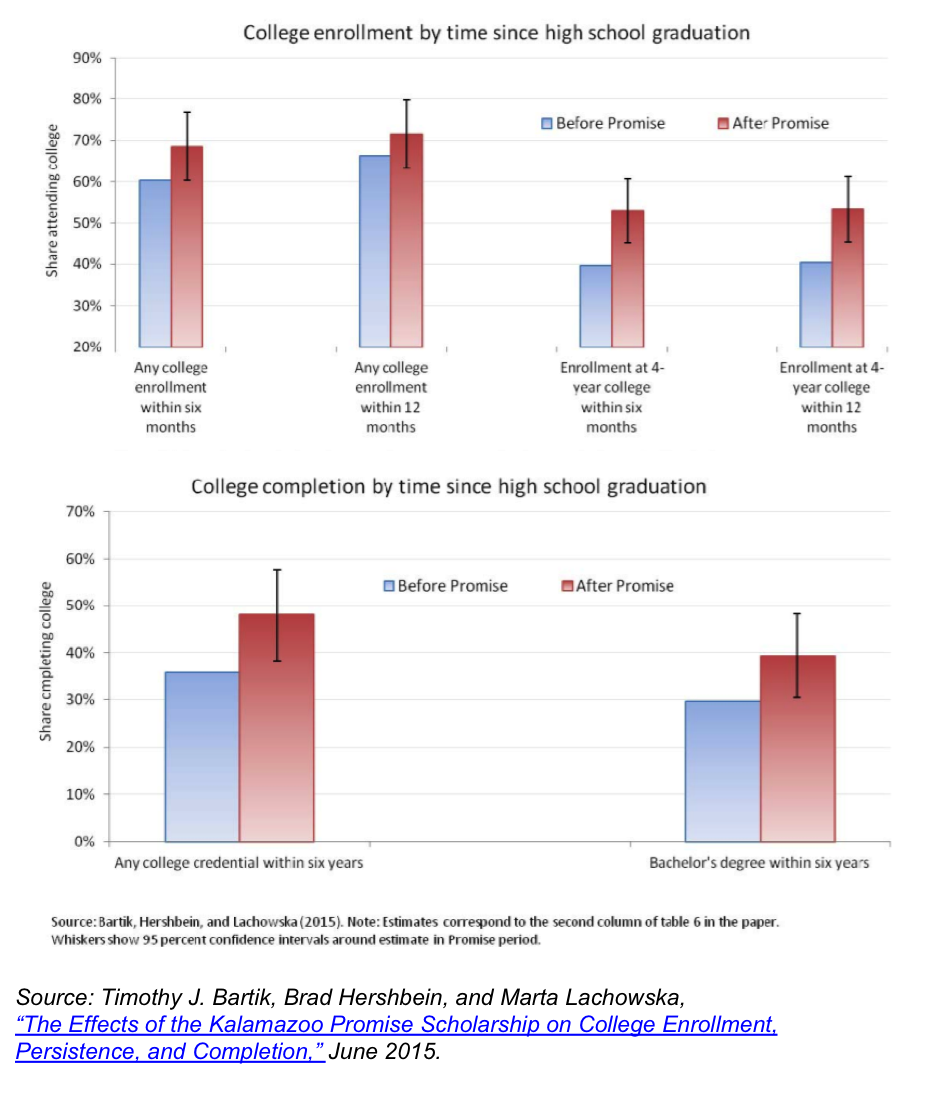As many news outlets reported last week, free college is back from the dead. Once a national rallying cry for Bernie Sanders and Hillary Clinton, the idea resurfaced again last week when New York Governor Andrew Cuomo appeared with Sanders to announce a new free tuition program for New York students. Supporters and critics were quick to assess the plan. But what escaped similar fanfare was another potentially powerful announcement from another New York politician: Mayor Bill de Blasio’s program for college savings accounts for NYC kindergarteners.
“All of NYC’s kids deserve the chance to attend college and pursue their dreams, regardless of their family’s economic status. Today we’re announcing a savings account for thousands of children in Queens, which we know will dramatically increase their likelihood of getting a college degree,” reads the mayor’s office press release.
Thanks to $10 million in seed funding from the Gray Foundation, approximately 3,500 kindergarteners in School District 30 in Queens will each receive $100 allocated to them in a scholarship account in the fall of 2017, with an additional $200 available in matching funds in the first three years. Over the three-year pilot period, every kindergartener enrolled in public schools in that district will be enrolled in the program, for a total of approximately 10,000 students. Pending a successful pilot and continued fundraising, the initiative will expand to provide a universal scholarship account to every student in the New York City public school system.
Whether the mayor’s plan was to “steal back the spotlight” from the governor or to present an “incredibly complementary” initiative, we’re excited at the prospect for how the two initiatives could integrate into a compelling college access and success program for needy New York students.
Yes, we acknowledge there are limitations to the Cuomo proposal (to be elaborated upon in a future post) and that as written, it’s mostly aid to what in New York are middle income families. As others were quick to point out, the proposal provides money after existing levels of federal and state grants to cover any remaining tuition costs. Since lower-income and working-class students are more likely to qualify for need-based federal and state grants, they will have a smaller or zero gap from tuition and fee totals to fill than students from wealthier families. Hillary Clinton’s and President Obama’s plans, on the other hand, would have reserved existing federal and state grants to offset living expenses to allow low-income students maximum tuition benefits. That’s an enormous difference.
Those flaws, however, are not set in stone and can be addressed as the New York legislature considers the proposal. What’s more exciting at this preliminary stage is how that program could be combined with Mayor de Blasio’s plan for New York City students. Maybe free college can be the thing to help the two New York politicians kiss and make up?
We’ve profiled in the past comprehensive efforts from Oakland and West Sacramento to establish a “college promise” from birth or Kindergarten, by connecting the rapidly expanding college promise movement to college savings accounts. Both initiatives are already exciting on their own because both have been shown to raise educational expectations and build financial security for college. But “the opportunity is ripe to connect the two programs,” said Carl Rist of the Council for Economic Development during the 2016 PromiseNet conference, as “the weaknesses of one can be overcome by the other.”
Consider the following stats:
- Overall research on two longstanding universal college promise programs – the Kalamazoo Promise in Michigan and the El Dorado Promise in Arkansas – finds improved K-12 results, spanning from reduced student behavior problems and improved high school GPA for African American students in Kalamazoo and improved math and English literacy test scores in El Dorado, as well as higher college enrollment rates and Bachelor degree attainment rates.
- Research has found that college savings accounts improve early childhood development and future financial capability, raises students’ and families’ expectations for college, and boosts students’ academic success in middle and high school and college. Most compelling is that a low- to moderate-income or Black student with even $500 or less in savings is three times more likely to enroll in college and four times more likely to graduate than a similar student without savings.
Now consider how the two programs can be combined:
College savings accounts can help parents and students cover costs not covered by a promise scholarship; they can help foster a sense of “shared responsibility” towards college financing; and they can help college promise programs remain financially sustainable over the long run.
We hope the New York legislature pursues and builds on the Cuomo proposal. And we hope the de Blasio administration continues this savings initiative in earnest to ensure all NYC students can benefit. To tell every NYC kindergartener “Yes, you can go to college,” and “Yes, you can afford college,” will be incredibly powerful. We’ll detail in a future post what both should consider.



